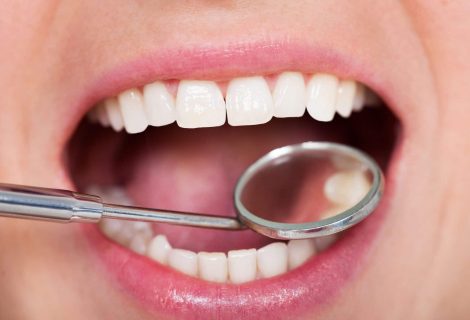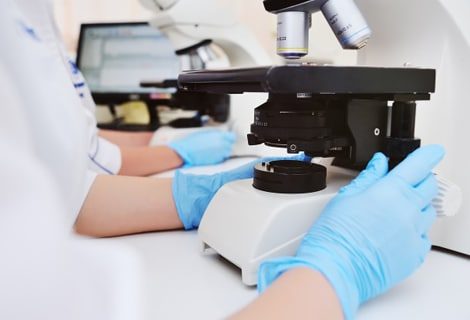Oral Pathology
What is Oral Pathology?
Oral pathology refers to the practice of identifying and diagnosing a variety of conditions within the lining of the gums (mucosa), around the face and within the jaw bones. Any alteration in the appearance of the mucosa could be a warning sign for a pathological process, the most serious of these is oral cancer. The following can be signs at the beginning of a pathologic process or cancerous growth:
- Reddish patches (erythroplasia) or whitish patches (leukoplakia) in the mouth.
- A sore that fails to heal and bleeds easily.
- A lump or thickening on the skin lining the inside of the mouth.
- Chronic sore throat or hoarseness. Difficulty in chewing or swallowing.


These changes can be detected on the lips, cheeks, palate, and gum tissue around the teeth, tongue, face and/or neck. Pain does not always occur with pathology, and is not often associated with oral cancer. However, any patient with facial and/or oral pain without an obvious cause may also be at risk for oral cancer.
In addition to lesions of the soft tissue, cysts and tumors grow within the bones of the upper and lower jaw. Although the majority of these cysts and tumors are benign (non-cancerous), they can grow very quickly and aggressively, which can lead to destruction of jawbone and teeth.
Screening for these lesions occurs during your routine dental visits, with thorough clinical exam and radiographs. If a lesion is seen, it will require a biopsy. A biopsy is a procedure which involves removing a portion of or the entire lesion and sending it to an oral pathologist to read under a microscope. The soft tissue is tested in a professional laboratory and the findings will be used to determine the correct treatment.
We would recommend performing an oral cancer self-examination monthly and remembering that your mouth is one of your body’s most important warning systems. Do not ignore suspicious lumps or sores.

